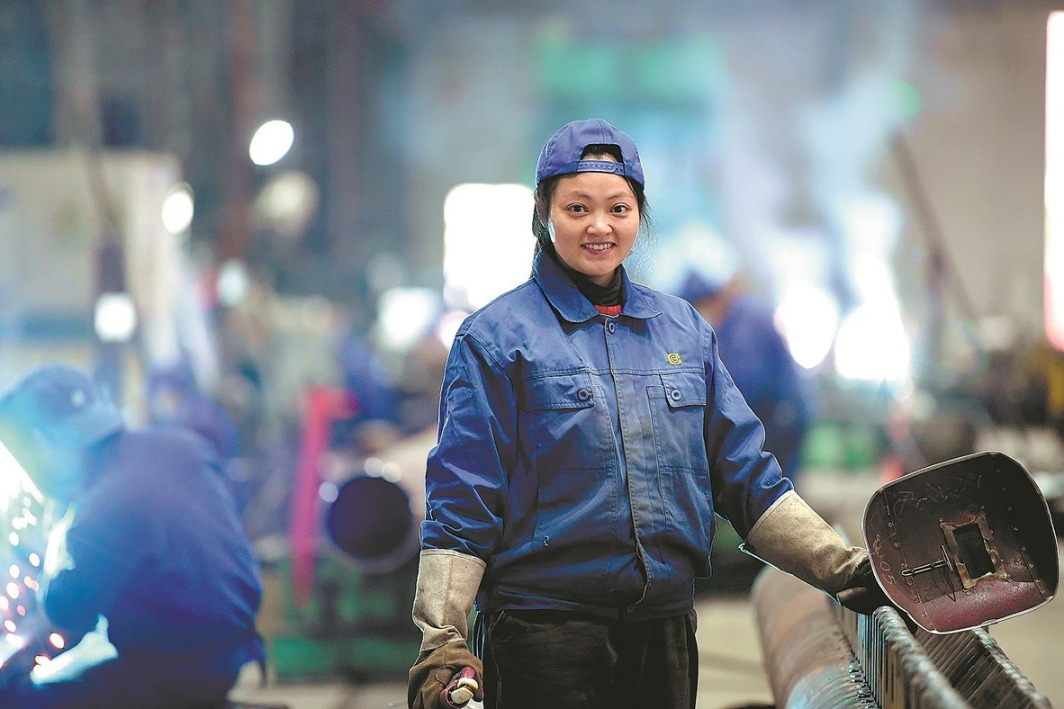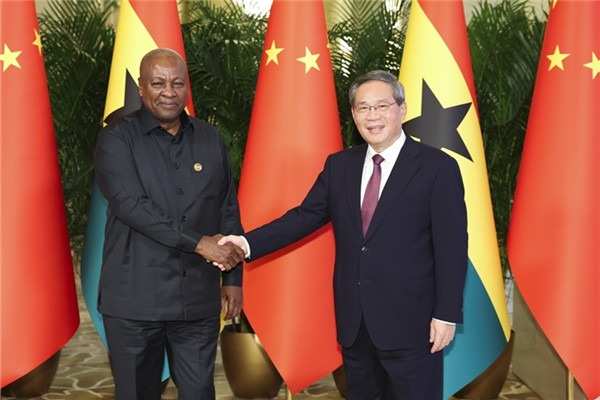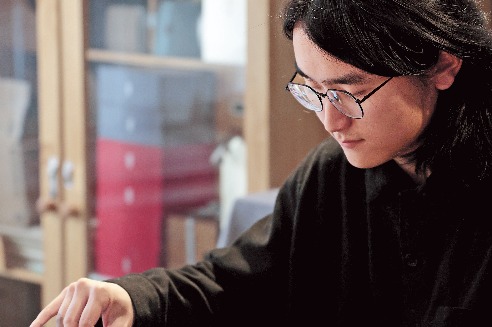Forum stresses scientific sharing to beat COVID-19


The world has seen an "incredible 12 weeks of scientific progress" that has unraveled many secrets about the novel coronavirus, but there is still much to be learned and rapid sharing of quality research and international collaboration are needed to understand and contain the pandemic.
Eric Rubin, editor-in-chief of the New England Journal of Medicine, said in an online panel on Wednesday that he appreciates the wealth of knowledge that Chinese scientists have generated and shared.
The panel featured nine prominent medical experts from China and the United States. It was hosted by NEJM Frontiers in Medicine, a digital media platform of NEJM Group, and the Jiahui Medical Research and Education Group to share the latest research, from treatment to containment strategies, against COVID-19.
"But we are still facing a very uncertain future," Rubin said, adding that research in China "is critical to understanding what we should be doing next, not only for today, but for next month and for next year."
Zhang Linqi, a professor at the School of Medicine at Tsinghua University in Beijing, shared his discovery of using antibodies to "drive a wedge" between the virus' spike protein-its "key" for entering cells-and the receptor that it binds to. That would effectively block the virus from entry. It has been very effective in animal tests, and may serve to inspire new vaccine candidates, he said.
Scientists have discovered that there is a small but potent section of the spike protein that does most of the work called the receptor-binding domain or RBD.
Knowing that, Zhang's team, along with scientists from the Shenzhen Third People's Hospital, found two antibodies that, together, can insert themselves at the junction of the RBD and the cell's receptor, blocking the virus from latching onto the cell.
Zhang said they are testing the blocking effect in possible vaccines, and early results are "really encouraging". But research is still in its early stages and more rigorous studies and tests are needed, he added.
Chen Simiao, a public health expert who recently published a study in the journal Lancet about China's temporary hospitals, said the facilities played a key role in stemming the spread of COVID-19 to family members, a major source of new infections in Wuhan.
Many countries, including the US and United Kingdom, have adopted home isolation as their primary social quarantine measure, but Chen said that approach is less than ideal based on China's experience.
"In China, 75 to 80 percent of all clustered infections were within families," she said. "Home isolation can put family and community members at risk, because mildly symptomatic patients are more socially active than severe cases, and thus quarantine policy may not be effectively enforced."
Chen said makeshift hospitals, which can be built in days with thousands of beds, allow patients with mild and moderate cases to be isolated and properly treated and monitored. They also can serve to separate patients with mild symptoms from those with severe ones, with the latter being admitted to designated hospitals. That keeps the medical system from being overwhelmed with an influx of mild and serious cases at the same time, she said.
Chen said some field hospitals in New York City are empty due to strict admissions criteria. She urged the US to use such hospitals more efficiently, especially given plans to reopen the US economy.
Lindsey Baden, a deputy editor of the NEJM, said scientific research on COVID-19 is "truly an international effort."
"Science benefits from open sharing," he said, and through this effort, scientists have identified the disease's symptoms and treatments and produced other high-quality studies.
Gary Wong, an associate editor of the NEJM, said considerable progress has been made on a previously unknown virus.
- China rolls out eSIM phone services nationwide
- Global Leaders' Meeting on Women concludes in Beijing
- Renowned global scholars discuss key role of China studies at Shanghai event
- Global experts praise China for innovations in sustainable agriculture
- Foreign delegates praise Beijing women's service center
- China to recruit over 38k civil servants in 2026





































